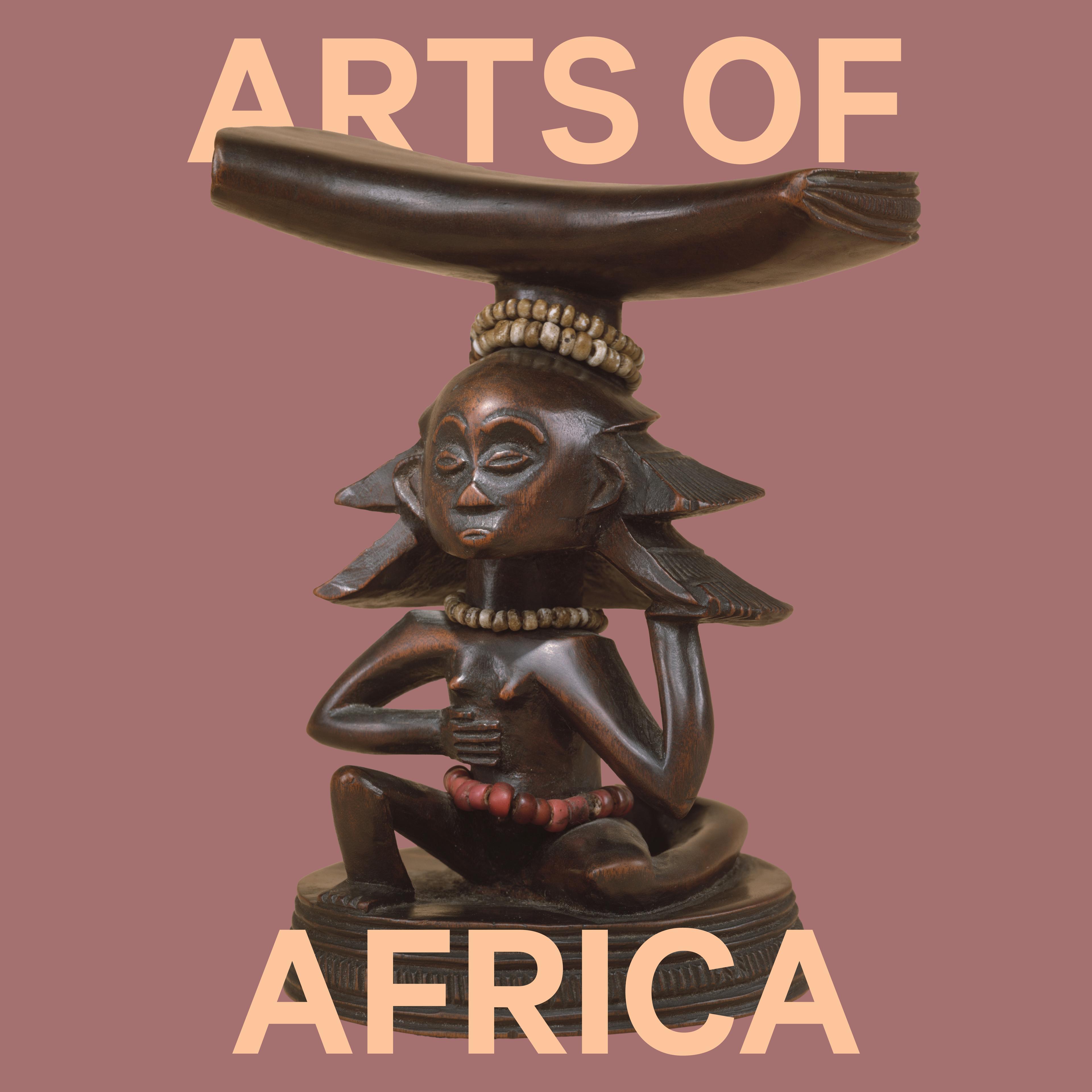Following a multiyear renovation, The Met is reopening its suite of galleries dedicated to the Arts of Africa in the Michael C. Rockefeller Wing at the end of May 2025. The reenvisioned installation reintroduces visitors to the Museum’s collection of sub-Saharan African art through a selection of some 500 works organized to survey major artistic movements and living traditions from across the subcontinent. The new galleries present original creations from the Middle Ages to the present, and one-third of the works, which are new acquisitions given by donors to celebrate the Museum’s capital project, are on display at The Met for the first time.
The new permanent installation foregrounds the creativity of artists across the subcontinent and enduring, dynamic historical traditions. A major emphasis in this reintroduction is on authorship and biographies featured in labels accompanying the creations of some 40 recognized masters of individual artists, ranging from Olowe of Ise (about 1873–1938, Efon Alaiye, Nigeria) to Abdoulaye Konaté (born 1953, Diré, Mali). The art on display encompasses works from Mali to Madagascar, created from the twelfth century to the present, in a diversity of media, ranging from wood sculpture and textiles to photography.
The works conserved and presented at The Met are elements of the myriad cultural landscapes that blossomed south of the Sahara. Among those original sites of creation are storied hubs of global commercial trade, the affluent courts of powerful West and Central African monarchs, and ephemeral transient equatorial rainforest settlements. Artists and their workshops masterfully translated and amplified an array of distinctive worldviews into artifacts that enhanced otherwise fleeting everyday lived experience or events of great pomp and circumstance animated by dancers and musicians. Some relate to ongoing local practices; others were given new life in the Americas following ongoing population movements beginning in the seventeenth century. Even fully isolated from those cultural contexts, many of these works of daring ingenuity have, since the twentieth century, been catalysts for innovators inspired by their originality and arresting visual power to take new leaps.
Physically transformed by Kulapat Yantrasast of WHY Architecture and Beyer, Blinder, Belle Architects LLP, in collaboration with The Met’s Design Department, the reconceived galleries anchor this extraordinary collection within regional architectural vernaculars and pay tribute to Africa’s distinctive cultural landmarks while also highlighting connections to other major world traditions.
Critical to this ambitious effort, The Met’s curatorial team benefited from national and international expertise throughout the development, planning, and execution of this capital project. The reinstallation is grounded in contemporary research and exchanges with a network of international experts based in the United States and across sub-Saharan Africa. Many of these expert voices, ranging from historians to novelists to musicians, are featured in the new audio guide tour.
A major component of the expanded contextualization is a digital initiative that introduces Africa’s distinctive cultural landmarks and was undertaken in partnership with the World Monuments Fund (WMF). Together, The Met and WMF jointly selected sites across sub-Saharan Africa that span from antiquity to the twentieth century—some of which are currently inaccessible to most visitors—for their cultural and historical significance. These landmarks will be featured in a series of a dozen short films produced with Sosena Solomon in collaboration with The Met’s curatorial and Digital teams and in partnership with cultural experts in Ghana, Liberia, Nigeria, Ethiopia, Tanzania, Zimbabwe, South Africa, Republic of Benin, Botswana, Uganda, and Togo. These films can be accessed through in-gallery prompts or through the online exhibition guide.
